In the fast-evolving world of artificial intelligence, writing tools have become more than simple assistants, they’ve become creative partners. Two names often surface in this conversation: ChatGPT and Writesonic. Both are powerful, but their strengths and personalities differ significantly. If you’ve wondered which one suits your writing needs, this breakdown will help you decide.
Understanding the Two AI Writers
ChatGPT, developed by OpenAI, is designed to understand natural language and engage in conversation.
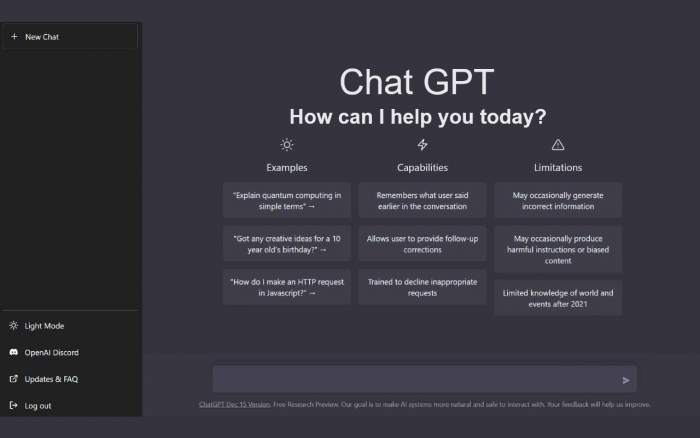
- It feels less like a machine and more like a collaborator who listens, interprets, and adapts to your voice.
- Whether you’re brainstorming creative stories, crafting essays, or seeking guidance on complex topics, ChatGPT thrives in these open-ended, thought-driven environments.
Writesonic, on the other hand, takes a more structured approach. Created as a productivity companion, it focuses on speed and precision.

- It offers templates for specific writing tasks, ads, product descriptions, blog introductions, and social media captions, making it ideal for businesses or marketers who want polished content fast.
- Instead of long conversations, you input a few prompts and get ready-to-publish content instantly.
Comparing Features and Experience
ChatGPT stands out for its conversational depth. You can have long exchanges, refine your tone, and even shift writing styles mid-way. Its strength lies in understanding nuance and maintaining coherence across paragraphs. Writers, students, and creative thinkers appreciate its ability to produce essays, letters, dialogues, and even code explanations without losing context.
Here is a pie chart representing the typical use case distribution for ChatGPT and Writesonic, based on the strengths and applications described in the article:
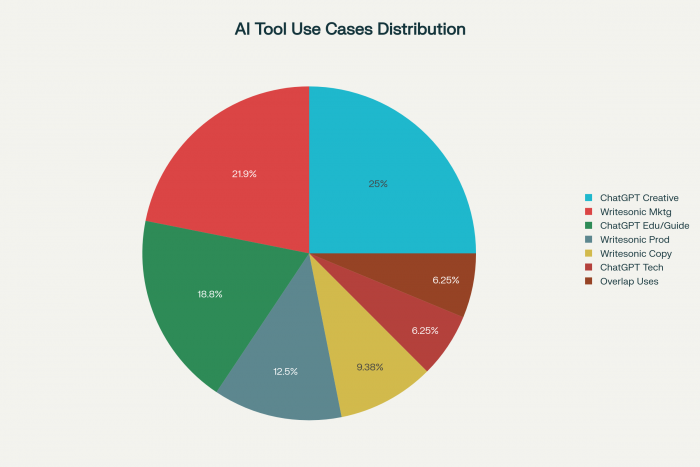
Typical Use Case Distribution: ChatGPT vs Writesonic
Writesonic takes pride in offering structure. It provides over a hundred templates categorized under marketing, e-commerce, product, and content generation. You can choose “Facebook Ad,” “Blog Outline,” or “Landing Page Copy,” feed minimal instructions, and receive concise output within seconds. Its integration with tools like SurferSEO and Zapier also makes it practical for digital marketers who need consistent results without fussing over phrasing.
In simple terms, ChatGPT feels like a conversation-based co-writer, while Writesonic behaves like a design studio optimized for productivity.
How Each Fits Different Uses
If your goal is exploration, drafting novels, personal essays, or detailed articles, ChatGPT gives you freedom.
- It adapts to various tones, writes fluidly, and invites back-and-forth input. Teachers, students, authors, and curious minds find its open format perfect for experimentation.
For structured, goal-driven tasks, Writesonic dominates.
- It’s built for businesses, entrepreneurs, and marketers who need crisp, targeted writing for conversions. Whether you are building an ad campaign or streamlining brand content, Writesonic’s formula-driven design ensures efficiency and consistency.
- In many ways, the two tools complement each other. ChatGPT sparks creativity and encourages reflection. Writesonic channels structure and execution. Used together, they can take a single idea from imagination to polished, publish-ready text.
Final Thoughts
Both platforms redefine how we think about writing. ChatGPT lets you explore language and emotion, while Writesonic optimizes creativity for commercial output. The decision ultimately comes down to how you write and why.
Do you want a partner for exploration or a tool for precision? Whichever you choose, AI writing has never felt more intuitive or more human.

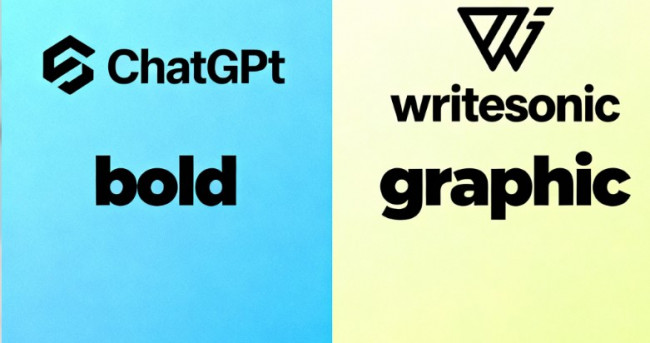

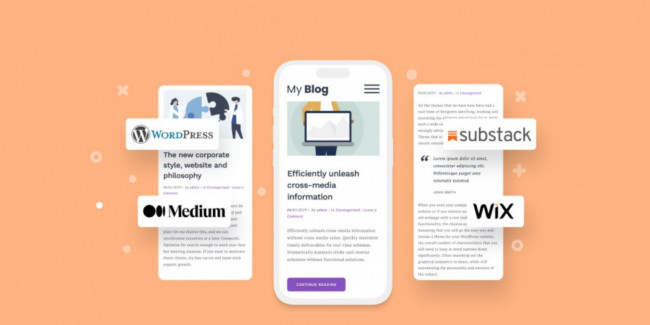
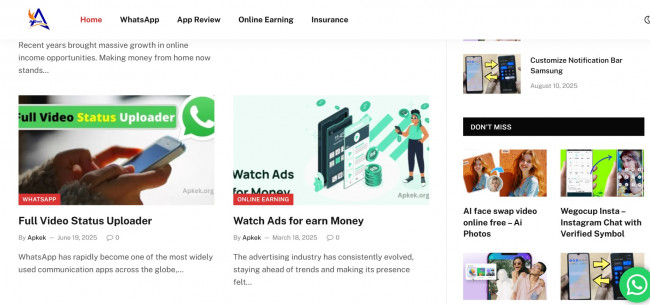

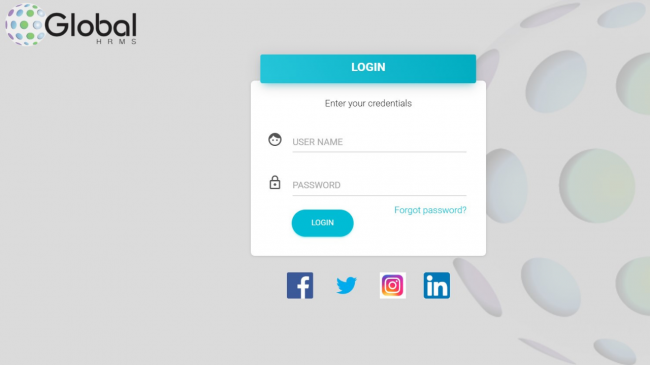
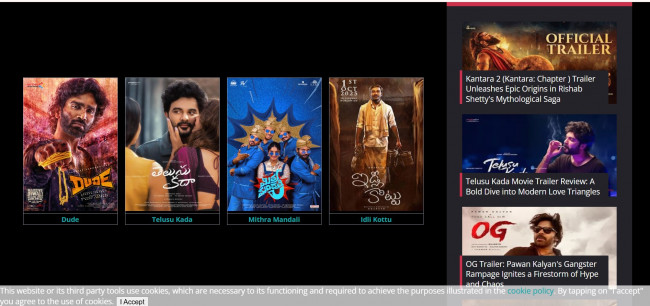



Comments